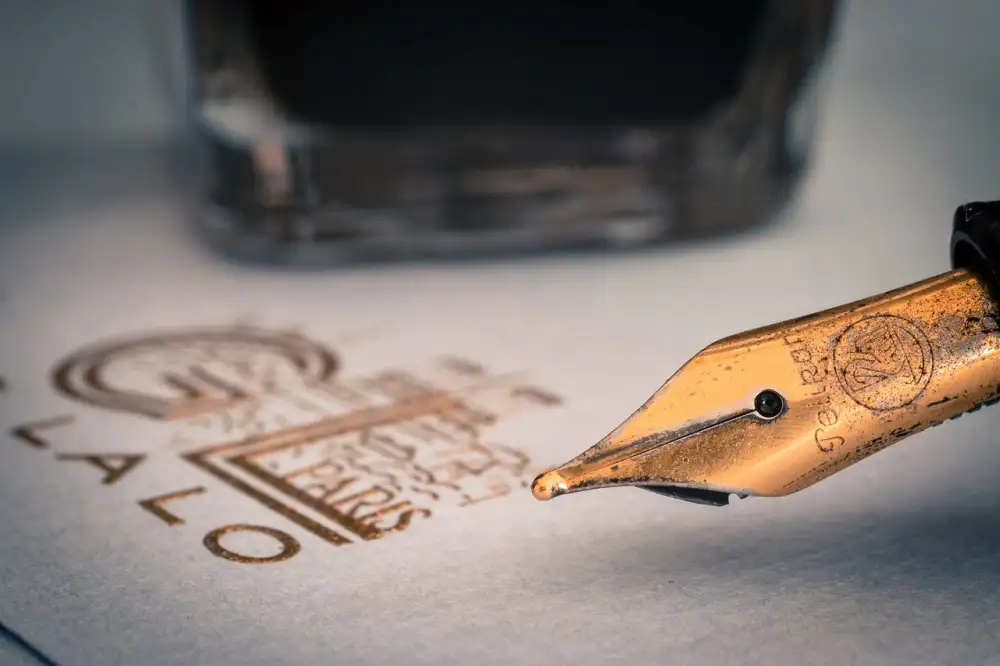Enhance Your Features with Facial Balancing Fillers: A Guide to Achieving Symmetry

- Understanding the Purpose of Facial Balancing Fillers
- Different Types of Fillers Used for Facial Balancing
- Benefits of Facial Balancing Fillers
- Risks and Considerations Associated with Facial Balancing Fillers
- Consultation and Procedure Process for Facial Balancing Fillers
- Aftercare and Recovery Tips for Facial Balancing Fillers
Facial balancing fillers are a popular non-surgical cosmetic procedure designed to enhance facial features and achieve symmetry. These fillers are injectable substances that help restore volume, contour the face, and address asymmetry. They are commonly used to augment cheeks, jawline, chin, and temples for a more harmonious appearance. Facial balancing fillers offer a minimally invasive solution for individuals looking to improve facial proportions without undergoing surgery.
Understanding the Purpose of Facial Balancing Fillers
Facial balancing fillers are injectable substances used to restore volume, enhance contours, and achieve facial symmetry. The primary purpose of these fillers is to address asymmetry, correct proportions, and improve overall facial harmony. By strategically injecting fillers into specific areas of the face, such as the cheeks, chin, or temples, a skilled practitioner can create a more balanced and aesthetically pleasing appearance. This non-surgical approach can help individuals achieve a more youthful and rejuvenated look without the need for invasive procedures.
Different Types of Fillers Used for Facial Balancing
There are various types of fillers used for facial balancing, each designed to target specific areas and concerns. Hyaluronic acid fillers like Juvederm and Restylane are popular choices for adding volume and hydration to the skin. Calcium hydroxylapatite fillers such as Radiesse stimulate collagen production for longer-lasting results. Poly-L-lactic acid fillers like Sculptra help to gradually increase skin thickness over time. Additionally, polycaprolactone fillers like Ellansé provide immediate results while also stimulating collagen production for sustained improvements in facial contouring. It's essential to consult with a qualified practitioner to determine the most suitable filler for your individual needs and desired outcomes.
Benefits of Facial Balancing Fillers
Facial balancing fillers offer a non-invasive solution to enhance facial features and achieve symmetry. They can help address asymmetry, add volume to specific areas, and improve overall facial harmony. Fillers can also soften wrinkles, fine lines, and creases, giving a more youthful appearance. Additionally, they provide immediate results with minimal downtime, allowing individuals to resume their daily activities shortly after the procedure. Furthermore, fillers are customizable based on individual needs and goals, offering a tailored approach to facial rejuvenation.
Risks and Considerations Associated with Facial Balancing Fillers
While facial balancing fillers are generally safe, there are some risks to be aware of. These can include bruising, swelling, redness, and potential allergic reactions. In rare cases, more serious side effects like infection or skin necrosis may occur. It's crucial to choose a qualified and experienced practitioner to minimize these risks. Additionally, certain medical conditions or medications may not make you a suitable candidate for fillers. Always discuss your medical history and expectations with your provider before proceeding with the treatment.
Consultation and Procedure Process for Facial Balancing Fillers
Consultation for facial balancing fillers involves discussing goals, medical history, and expectations with a qualified practitioner. The procedure typically takes 30-60 minutes, starting with cleansing the face and applying a numbing cream. The filler is then injected strategically to achieve symmetry and balance. Mild swelling or bruising may occur but usually subsides within a few days. Follow-up appointments may be needed to assess results and make any necessary adjustments.
Aftercare and Recovery Tips for Facial Balancing Fillers
1. Avoid touching or applying pressure to the treated area for the first few hours after the procedure to prevent displacement of the filler.
2. Use cold compresses to reduce swelling and bruising, especially within the first 24 hours post-treatment.
3. Stay hydrated and follow a healthy diet to promote healing and maintain skin elasticity.
4. Avoid strenuous exercise, saunas, steam rooms, and excessive sun exposure for at least 24-48 hours after the procedure.
5. Follow any specific post-treatment instructions provided by your healthcare provider to ensure optimal results and minimize complications.
6. Contact your healthcare provider immediately if you experience severe pain, persistent swelling, redness, or any other concerning symptoms following the procedure.
By following these aftercare tips diligently, you can enhance the effectiveness of your facial balancing fillers while minimizing risks and ensuring a smooth recovery process.
In conclusion, facial balancing fillers can be a valuable tool in achieving facial symmetry and enhancing one's features. When administered by a skilled professional, fillers can help address asymmetries, restore volume loss, and rejuvenate the face effectively. It is essential to have realistic expectations and communicate openly with your provider about your goals. Remember that results are not permanent, and maintenance treatments may be necessary to sustain the desired outcome. Overall, facial balancing fillers can offer a non-invasive option for those seeking subtle yet impactful enhancements to their appearance.
Published: 02. 04. 2024
Category: Health



